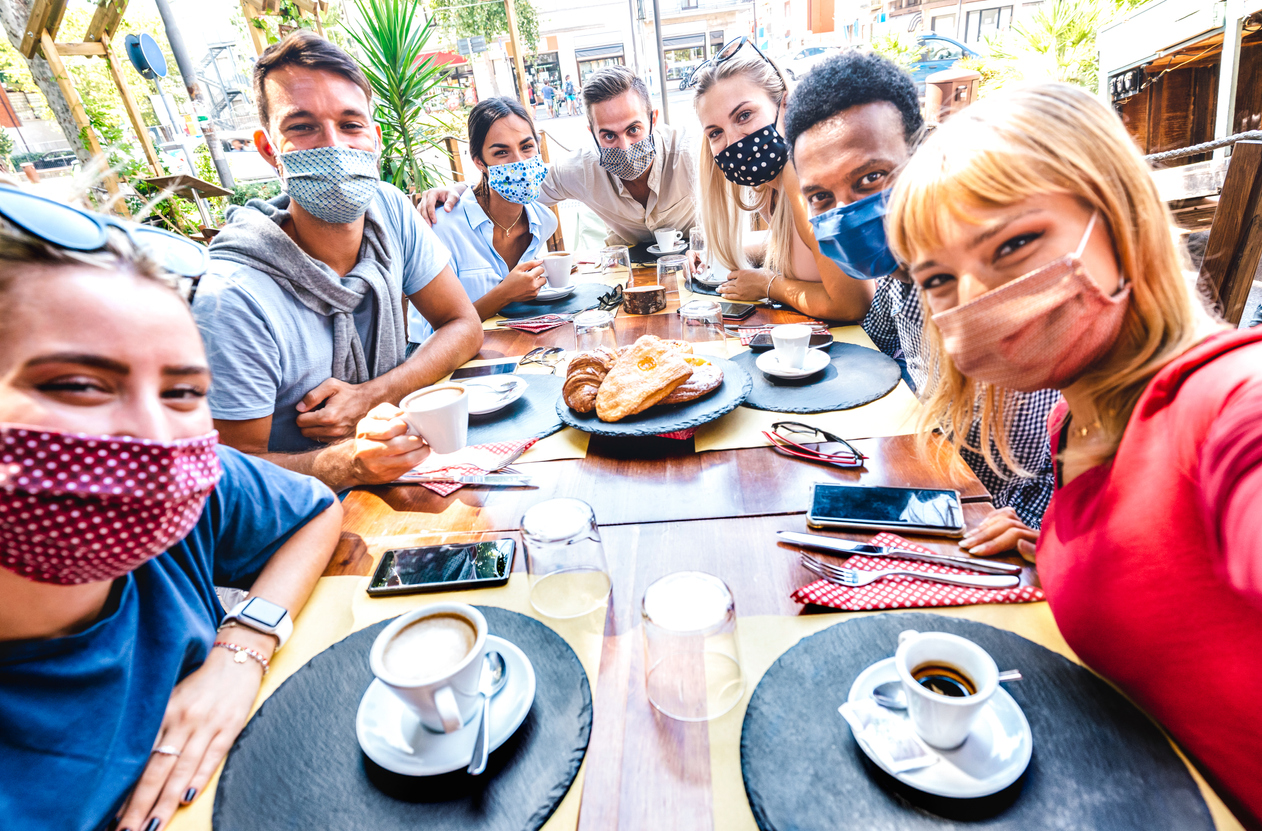The Restaurant Revitalization Fund (RRF) program is designed to provide $28.6 billion in economic relief for eligible restaurants and restaurant-related industries affected by the COVID-19 pandemic. The RRF is part of the American Rescue Plan Act of 2021 and will be administered directly by the Small Business Administration.
The RRF program can provide non-taxable grants to eligible entities equal to COVID-19 related revenue losses. As a grant, the money will not need to be paid back.
Guidelines to apply will be available through the SBA , but here is an overview of eligibility and a high-level overview from the National Restaurant Association. We will continue to update you on this program and are happy to answer questions about how it may help your business pursue economic recovery.
Who qualifies for the RRF program?
Entities eligible to receive an RRF grant include:
- Restaurants
- Food stand, food truck or food cart
- Caterers
- Saloons, inns, taverns, bars, lounges
- Brewpubs, tasting rooms, taprooms or licensed facilities or premises of beverage alcohol producers where the public may taste, sample, or purchase products
- Other similar places of business in which the public or patrons assemble for the primary purpose of being served food or drinks, including those in airport terminals
An entity is not eligible if (1) owners own and operate more than 20 restaurants, and (2) they are a publicly traded company. However, if you own a franchise of a publicly traded company, your business could be eligible.
Congress has directed the SBA to give priority to entities defined as small businesses as well as those operated by women, veterans or socially or economically disadvantaged owners.
What is the RRF grant amount?
Grant amounts will be calculated based upon 2019 to 2020 pandemic-related revenue losses related to restaurant closures and limits to occupancy:
- The revenue loss is calculated by subtracting 2020 gross receipts from 2019 gross receipts.
- If a business was not in operation for all of 2019, then the total revenue loss is the difference between 12 times the average monthly gross receipts for 2019 and 12 times the average monthly gross receipts in 2020. The SBA may issue a separate formula to determine this amount in the future.
- If a business was not in operation until 2020, the owner(s) can still receive a grant equal to the amount of “eligible expenses” subtracted from gross receipts received.
- Pandemic-related revenue losses will be reduced by any amount of funding received from the PPP First Draw and Second Draw loans in 2020 and/or 2021.
- You are deemed ineligible if you receive funds under Shuttered Venue Operators Grant (SVOG).
How can RRF grant funds be used?
To help restaurant owners maintain their operations, eligible expenses include:
- Payroll costs
- Principal or interest on mortgage obligations
- Rent payments
- Utility payments
- Maintenance, including construction to accommodate outdoor seating
- Supplies such as protective equipment and cleaning materials
- Normal food and beverage inventory
- Covered supplier costs
- Operational expenses
- Paid sick leave
- Other expenses the SBA will deem necessary to support continued operations
How can I prepare to apply?
The covered period of the grant is beginning on February 15, 2020 and ending on December 31, 2021 or a date to be determined by the SBA. Until further guidance is available for eligibility and the application process, restaurant owners should organize their receipts and make sure that financial statements are up-to-date to support their application.
Grantees will be required to keep record of the use of funds, demonstrating their compliance with eligibility of the RRF program.
Connect with Cassandra Sanders, CPA, MBA and QuickBooks® ProAdvisor to help you understand the SBA guidelines, pursue this application process and obtain the maximum benefit for your eligible entities and revenue losses.
Source:
National Restaurant Association

